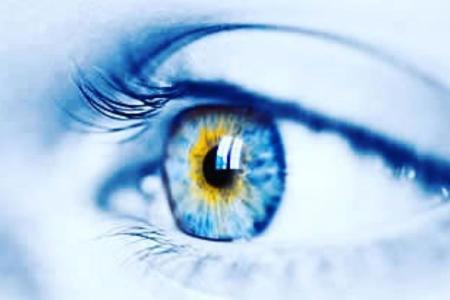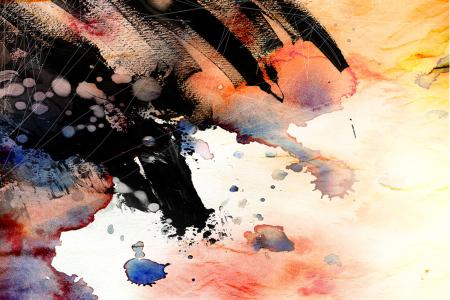Expressive Art Therapy
Expressive Art Therapy can be used both as a diagnostic tool and a treatment method. This therapy unites creativity and psychotherapy at the point where an individual discovers and understands him/herself.
From time to time people find themselves facing intense emotions they cannot deal with and other people do not understand. Expressive Art Therapy provides an outlet for those intense and sometimes painful emotions and thoughts which are difficult to express, by using visual arts; images, colors and forms. In Expressive Art Therapy, a variety of art mediums such as paints and clay etc. are used to provide visual creation of thoughts and emotions. Drawing, painting, sculpturing and similar artistic activities can find solutions to people’s inner conflicts, help reveal deep, suppressed emotions, and contribute to personal development.
The clients Expressive Art Therapy is applied to do not have to have any sort of art training or skill. The main purpose of the therapist is to evaluate the art or the work of art that is produced, by using them as tools and by creating a safe environment for the client to express him/her, contribute to the client’s personal development. This is a process that involves the client the therapist and the work of art. It is an extremely effective method especially for those who have difficulty in expressing their thoughts and emotions verbally.
Expressive Art Therapy may be a personal activity for individuals of every age; but it can also be applied successfully to couples, families and groups. Its wide range of practice includes depression, trauma (Especially caused by abuse) and schizophrenia.
Releated Content:
EMDR -Eye Movement Desensitization Reprocessing- is a psychological procedure used in emotional problems caused by distressing life experiences such as war ...
Gestalt is based on what is experienced at the moment. Unlike other therapies, instead of searching for the unknown, it focuses on the existing. Furthermore, ...
Strategic Family Therapy came into being in the US in 1967 when “Brief Therapy Center” was founded. A new therapy model, which was change focused, ...
Expressive Art Therapy can be used both as a diagnostic tool and a treatment method. This therapy unites creativity and psychotherapy at the point where an ...






